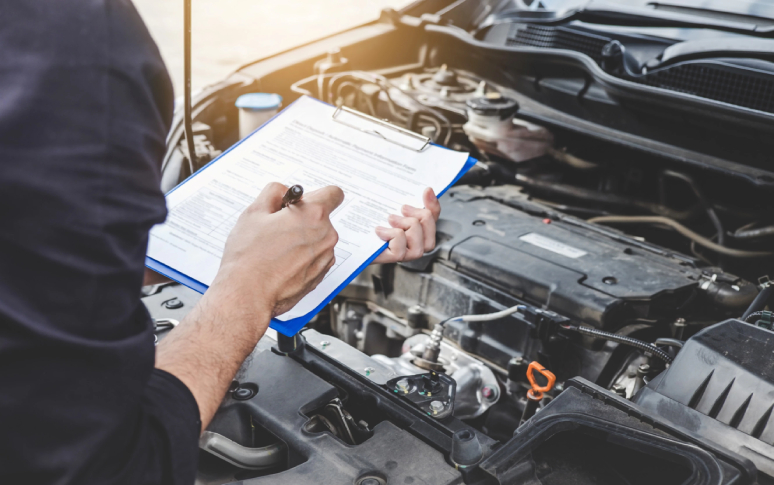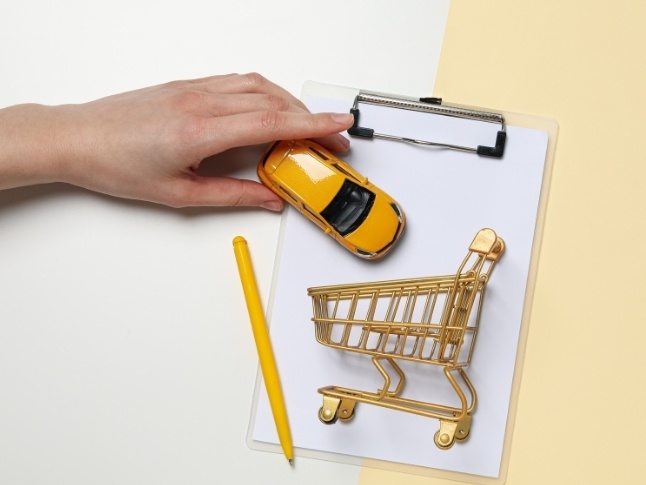12 Essential Tips For Buying A Safe Used Car In 2025
1. Check the Vehicle's Safety Ratings
Always check the IIHS and NHTSA safety ratings for the car first. These ratings are like a report card for the car's safety; they show how well it protects occupants in different types of crashes.
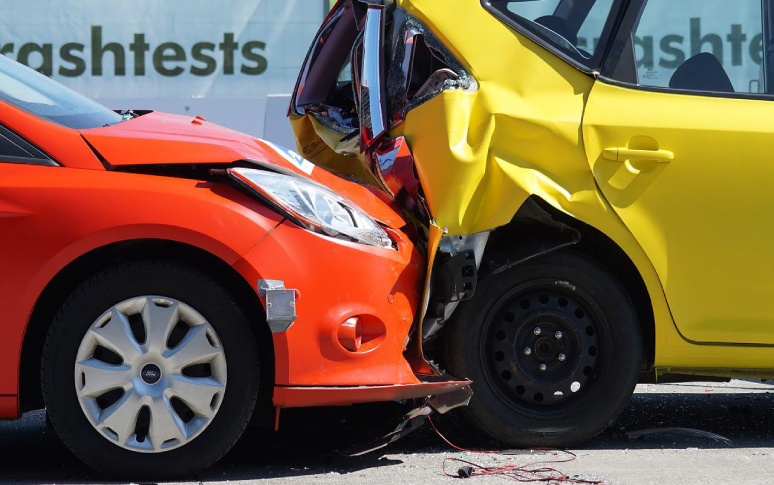
2. Verify the Vehicle History
A vehicle history report is like a medical record for your car. It gives you important information regarding accidents, repairs, and maintenance, which can help you avoid problems that might not be obvious.

3. Essential Safety Features to Look for
Your car's modern safety features are like guardian angels. Put automobiles with antilock brakes, electronic stability control, and several airbags as standard equipment at the top of your list.
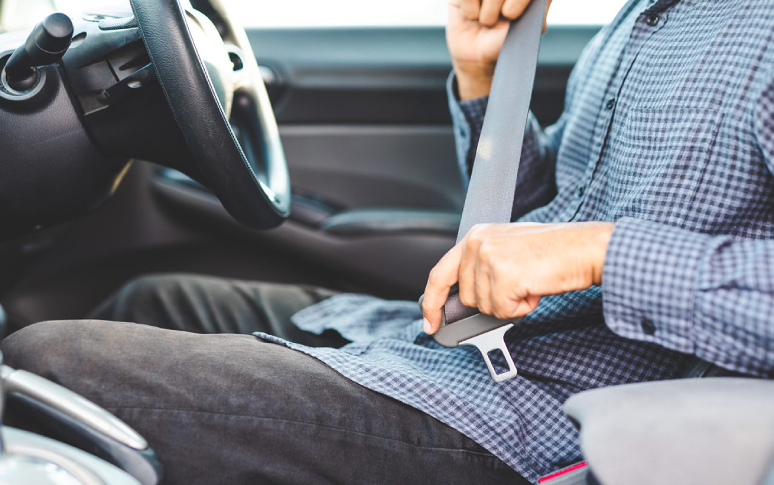
4. Professional Inspection Matters
Think of a pre-purchase examination like a checkup for your car. A competent technician can find safety problems that you might not be able to see.

5. Check Tire Condition
Tires are like shoes for your automobile; they need to be in good shape to keep you safe on the road. Check the tread depth, wear patterns, and manufacturing dates to make sure the roads are safe.
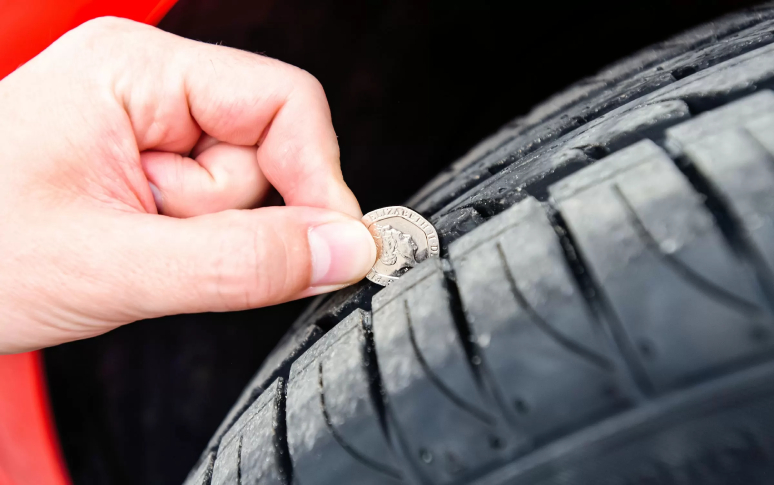
6. Evaluate Brake Performance
In an emergency, your car's brakes are what save it from crashing. Test them carefully and listen for strange noises that could mean they are worn out or broken.

7. Examine Structural Integrity
The frame of the car is like its skeleton; any damage can make it less safe. Check for indicators of past incidents or repairs that could impact the strength of the structure.
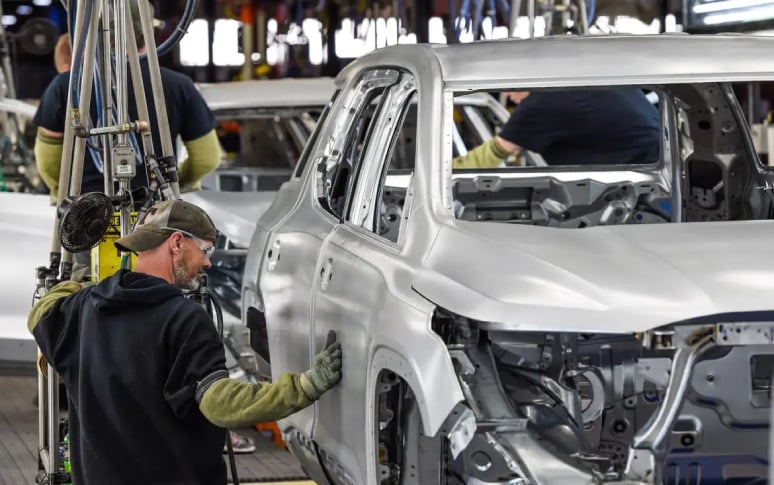
8. Review Maintenance Records
Taking care of your car regularly is like getting preventive medicine. A vehicle with complete service records is more likely to be safe and reliable because it has been well cared for.
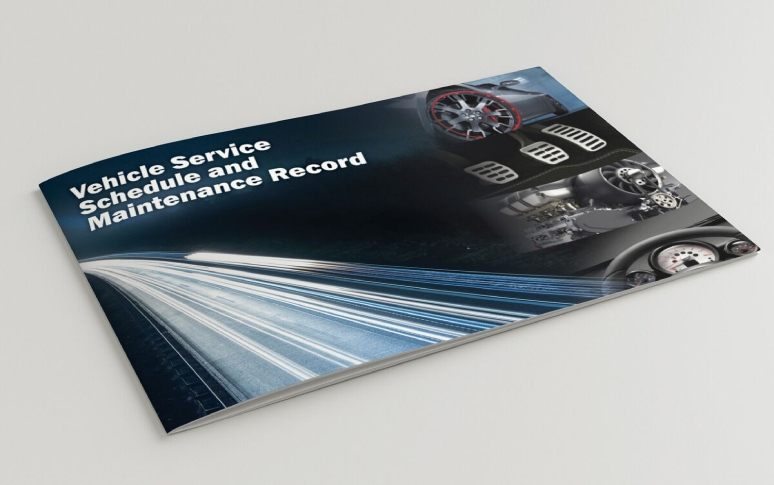
9. Test All Safety Systems
New safety features are only helpful if they perform as they should. Check that all of the warning systems, backup cameras, and airbag indications are working properly.
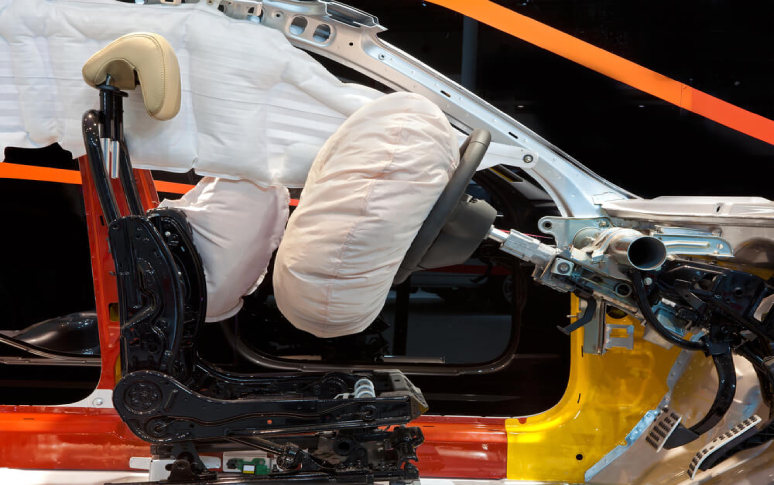
10. Consider the Car's Age
Newer secondhand cars usually have more safety measures. When choosing, think about both age and safety technology.
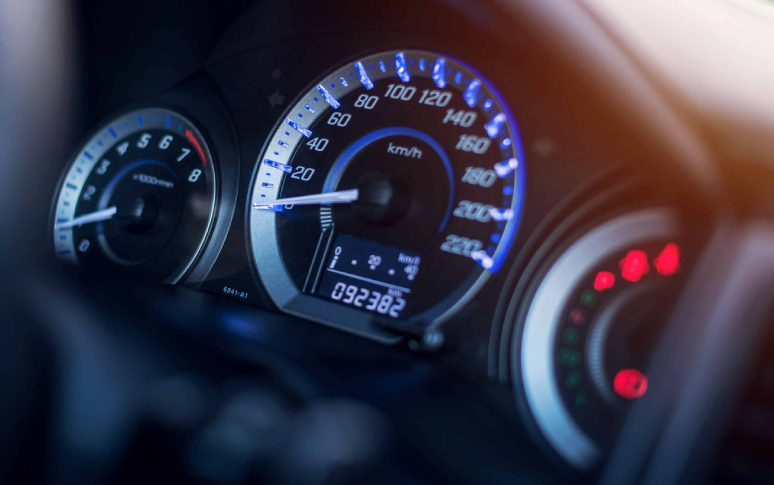
11. Research Common Problems
Every model has its own problems, just as a family history of illness. To avoid possible safety problems, look up recognized problems with certain brands and models.
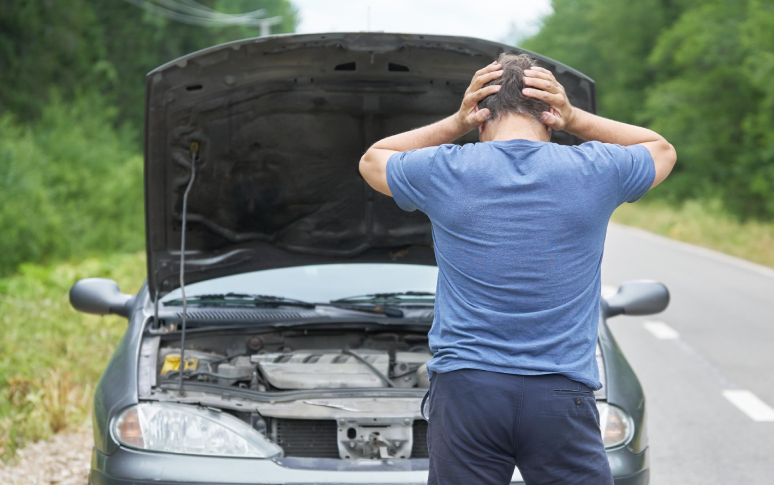
12. Take Action Steps
Make a precise list of things to do before you go shopping, hire professionals to check things out, and never rush the purchase process. Keep in mind that a safe car is worth the extra time and effort it takes to do research.
